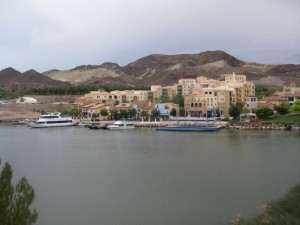Back in the 1980s, a researcher named Lawrence Hamilton (gated JSTOR paper here) studied water use and conservation behavior among the residents of 431 homes in Concord, New Hampshire. Concord’s a classic case – a slow, steady population increase putting pressure on supply that’s manageable during wet times but that became a problem in 1980, when the weather turned dry.
The Concord water department launched a “media blitz”, and water use dropped 15 percent:
The largest reductions in water use, in absolute terms, occurred in houses that had been using the most water to begin with.
Here’s how Janine Stone at Colorado State described it (pdf):
[I]ndividuals with pro-conservation beliefs generally had higher incomes and used more water than the general public. As a result, even though these individuals reduced their usage during drought, reductions were offset by these users’ high pre-shortage water consumption…. [W]ater savings depend not only upon consumers’ willingness to conserve, but also upon their ability to do so, given the amount of indoor and outdoor water already being used.
In his High Country News piece The Vegas Paradox (this might be gated, I’m not sure), Jonathan Thompson chronicles that desert metro area’s remarkable water conservation improvements:
Per capita water use has dropped to 219 gallons – 40 percent less than in 1989. Between 2002 and 2012, the Las Vegas Valley grew by more than 400,000 people and added 25,000 hotel rooms. Annual visitation rose by 5 million, and yet total annual water use dropped 29 billion gallons.
If you’ve been using a lot of water to begin with, conservation is an easier task.


Pingback: Blog round-up: Bloggers on drought preparedness, choices, and policies, plus Owens Lake Dust Control, Vegas water conservation, and more
Not if demand has “hardened.” Better to SAVE extra water and keep a lower base demand. Saved (ground)water can then be used in emergencies.
Pingback: Blog Round-Up: Bloggers on House Republican’s legislation, drought preparedness, choices and policies, plus Owens Lake Dust Control, Vegas and water conservation, and more » MAVEN'S NOTEBOOK | MAVEN'S NOTEBOOK